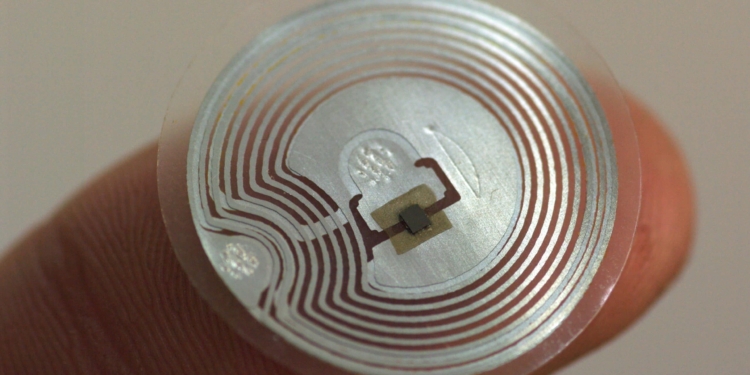source: Microwaves & RF article
James Morra | Microwaves and RF
RF identification (RFID) technology had several early tests at the height of its celebrity about a decade ago. In 2003, Walmart began using RFID tags to track pallets of toilet paper and other items moving through its vast supply network. In the next few years, the United States Postal Service plugged RFID into its fleet of delivery trucks. Recent research suggests that around 10.4 billion RFID tags will be sold in 2016, spurring a market that is expected to reach nearly $13.2 billion in 2020.
The technology helped companies make their shipping and logistics more efficient, but it never became as widespread as many expected. Walmart’s suppliers failed to grasp the benefits of the technology and balked at the high cost of installing the readers and tags. The USPS still does not use RFID for tracking individual packages, opting instead for bar codes.
After years out of the spotlight, RFID technology has been revived by the growing momentum behind the Internet of Things (IoT). A recent report from IDTechEx, a printed electronics research firm, predicts that the entire RFID market for RFID tags, readers, and software will reach around $13.2 billion by 2020.
The highlights of RFID’s revival include new approaches to managing retail stores, music venues, and amusement parks. Last year, for instance, it was announced that Eventbrite would give its customers the option to replace concert tickets with RFID bracelets. In 2013, Disney introduced an RFID wristband that allows amusement parks guests to make payments and interact with certain attractions. At the same time, however, logistics and transportation will remain major sources of revenue.
This latest report indicates that RFID technology is recovering from the doldrums it fell into several years ago. Mark Roberti, an editor for RFID Journal, says that RFID has returned from a “trough of disillusionment,” using a term that the Gartner research firm uses to describe the cyclical rise and fall of over-hyped technology.
In an RFID Journal article, Roberti notes that the enthusiasm about the technology peaked around 2003 and 2004 before steadily falling over the next few years. Since then, however, the technology has matured and branched out into a wide range of new industries. According to the IDTechEx report, the RFID market earned about $10.1 billion in 2015, up from $9.5 billion in 2014 and $8.8 billion in 2013.
RFID tags and readers can be split into two categories based on power source. Active RFID devices are designed with built-in batteries, while passive devices get power from the electromagnetic waves sent out by readers. While the RFID tags serve as the “sensors” that collect information about location and identity, the readers act like an access point, connecting the data to software programs.
According to the new report, the most growth will come from passive (and usually disposable) RFID labels used for tagging clothing and other items in retail stores. Readers installed around the store can sense when certain items are running low on the shelves. Most of these RFID tags will operate over the ultra-high frequency (UHF) bands, using the GS1 UHF Gen2 protocol, also known as the RAIN standard. The standard is promoted by the RAIN Alliance, an industry organization founded by Google, Impinj, Intel, and SMARTRAC to standardize UHF RFID technology.
The IDTechEx report predicts that retailers will buy the majority of RFID tags in 2016—around 4.6 billion of the anticipated 10.4 billion tags that will be sold in 2016. RFID tickets used in subways and other transit systems will account for about 800 million tags in 2016, the report predicts. The report also says that about 420 million tags will be used in animals and livestock, such as pigs, sheep, and pets.
Enthusiasm for RFID appears to be expanding into new areas. RFID Journal Live!, an event organized by Roberti’s publication, has reported an increase in attendance of roughly 15% over the last three years. He says this is largely due to entertainment companies now interested in using RFID for ticketing and event management.
At the same time, new advances are increasing RFID’s versatility. In 2014, for instance, Greg Kenning of Indiana University of Pennsylvania demonstrated an RFID tag that can read temperature. It uses a cobalt and antimony material that lowers its electrical resistance the longer it stays in warm temperatures. Kenning proposed using the new tags not only to track frozen food, but also to monitor that the refrigerator is working correctly.
featured image: courtesy of EPCI

































